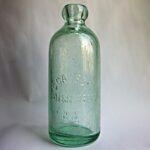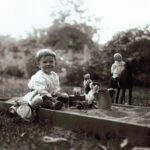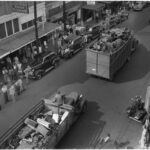In the late 1800s, meatpacking, wheat processing and brewing industrialization boomed in Milwaukee. This increase of manufacturing attracted workers from all over the country to move to Milwaukee. In fact, from 1870-1900, Milwaukee’s population quadrupled. Milwaukee’s housing infrastructure couldn’t support this drastic increase in population and caused housing issues for the new inhabitants.
At the turn of the century, Milwaukee families wanted to get away from this urban, industrialized environment by finding better housing outside the city. Milwaukee’s first suburb, Greendale, emerged as over 572 working-class families moved out of the city and into the new town. Soon after, other places, including Wauwatosa, Shorewood, and Whitefish Bay, followed Greendale to become official Milwaukee suburbs, spurring improved middle class residential development and the national move to the suburbs trend to takeover Milwaukee.
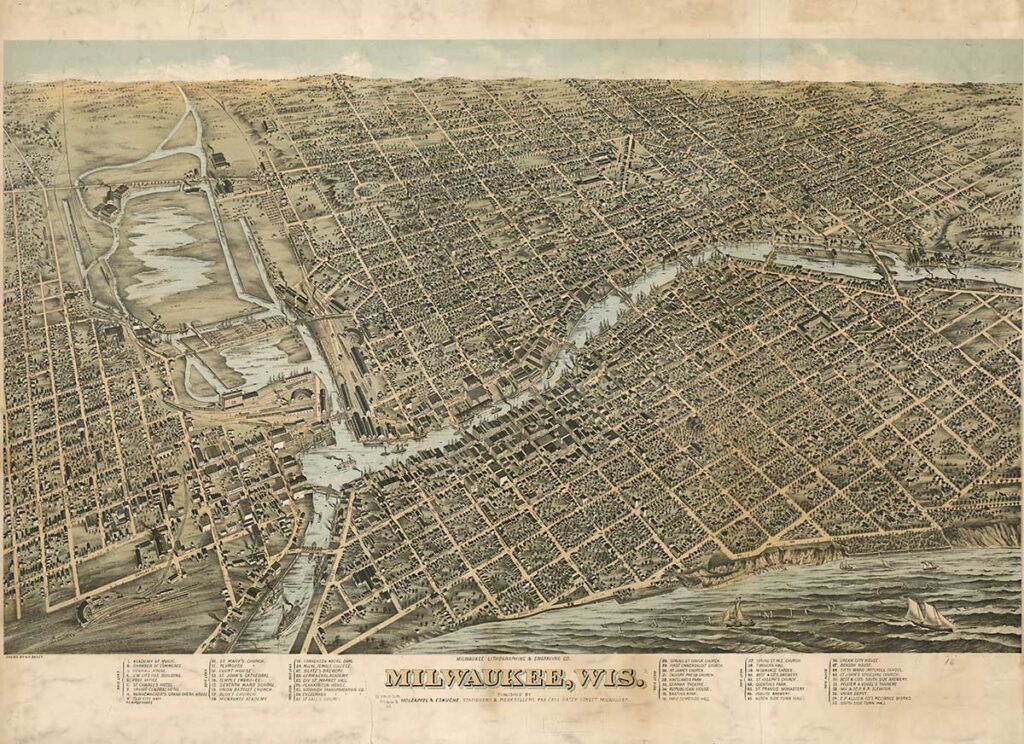
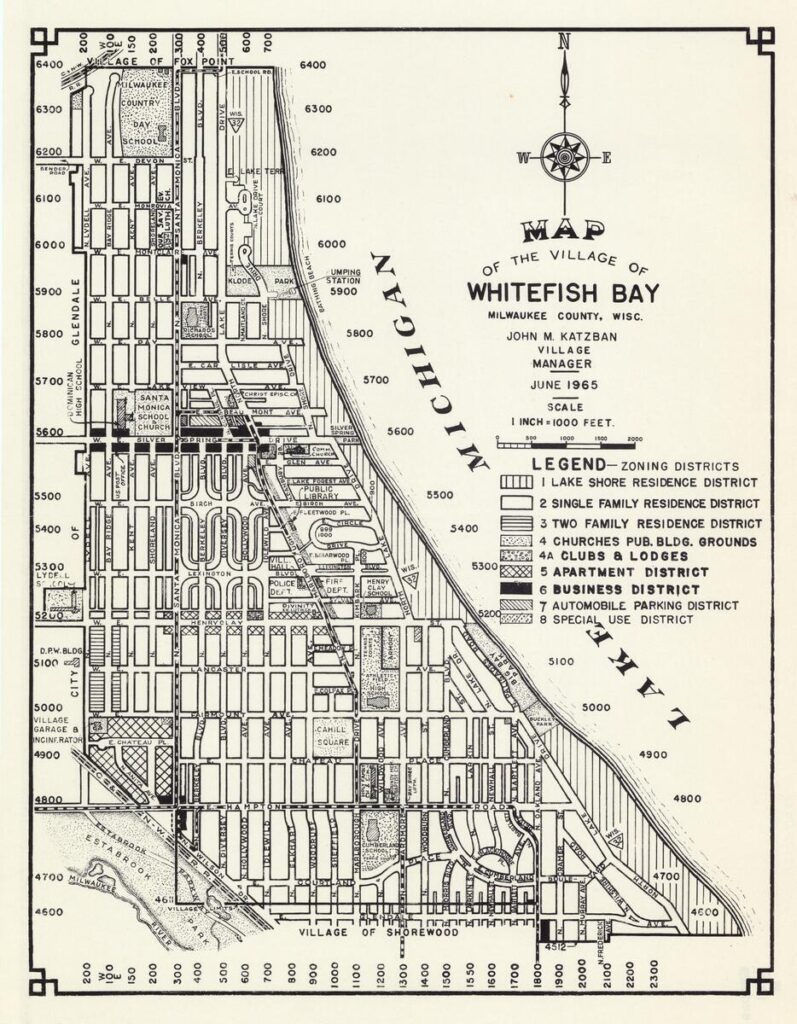
On Milwaukee’s north side, the “East Milwaukee” suburb developed in 1892. Many upper-class families moved to East Milwaukee because of the close location and convenient accessibility to the city. However, East Milwaukee’s residents were dissatisfied with their town’s infrastructure. So, in 1900, the town voted to add street signs, gas mains, cement sidewalks, and paved streets. By 1917, the population had grown to around 9,000 and the town’s named changed to “Shorewood” to capture its wealthy and scenic atmosphere.
As Shorewood’s houses filled up, people moved to the next area north, called Whitefish Bay. A real estate firm bought land in Whitefish Bay to build residential houses. Milwaukee’s main source of transportation, the Milwaukee Electric Railway and Light Company, had a special service directly from the city to Whitefish Bay to attract people to the new properties. By 1910, Whitefish Bay’s population had grown to 1,000 people and was home to multiple businesses, including the Cassel Soda Company and the Pabst Resort.
After World War II, suburban populations all over the nation boomed again as a second suburbanization movement emerged. Whitefish Bay’s population increased and peaked at 18,000 people in the early 1960s. Whitefish Bay developed social services and a vibrant economy with the incorporation of a police department, fire department, public works department, public library, voting machines and a “downtown” street with businesses and restaurants throughout the second half of the 20th century.
Overall, Whitefish Bay is a direct product of desires to escape industrialization occurring in cities by moving to the suburbs. As people moved to Whitefish Bay, they formed families and businesses and established livelihoods, which is exactly how the Cassel Soda Company came into existence.
Written by Kelsey Corrigan, October 2014.
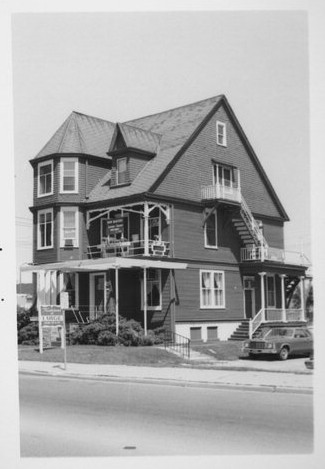
SOURCES
Miriam Bird, Whitefish Bay’s First 60 Years. Whitefish Bay Public Library.
Thomas Fehring, Chronicles of Whitefish Bay, Wisconsin. South Carolina: The History Press, 2013.
Thomas Fehring, “Whitefish Bay,” Encyclopedia of Milwaukee. https://emke.uwm.edu/entry/whitefish-bay/
Shirley Stevens, “A Taste of History,” Whitefish Bay Herald, 24 January 1985.
RELATED STORIES
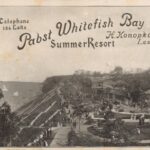
Pabst Whitefish Bay Resort

Soda’s Role in Prohibition
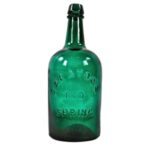
History of Soda Bottles
